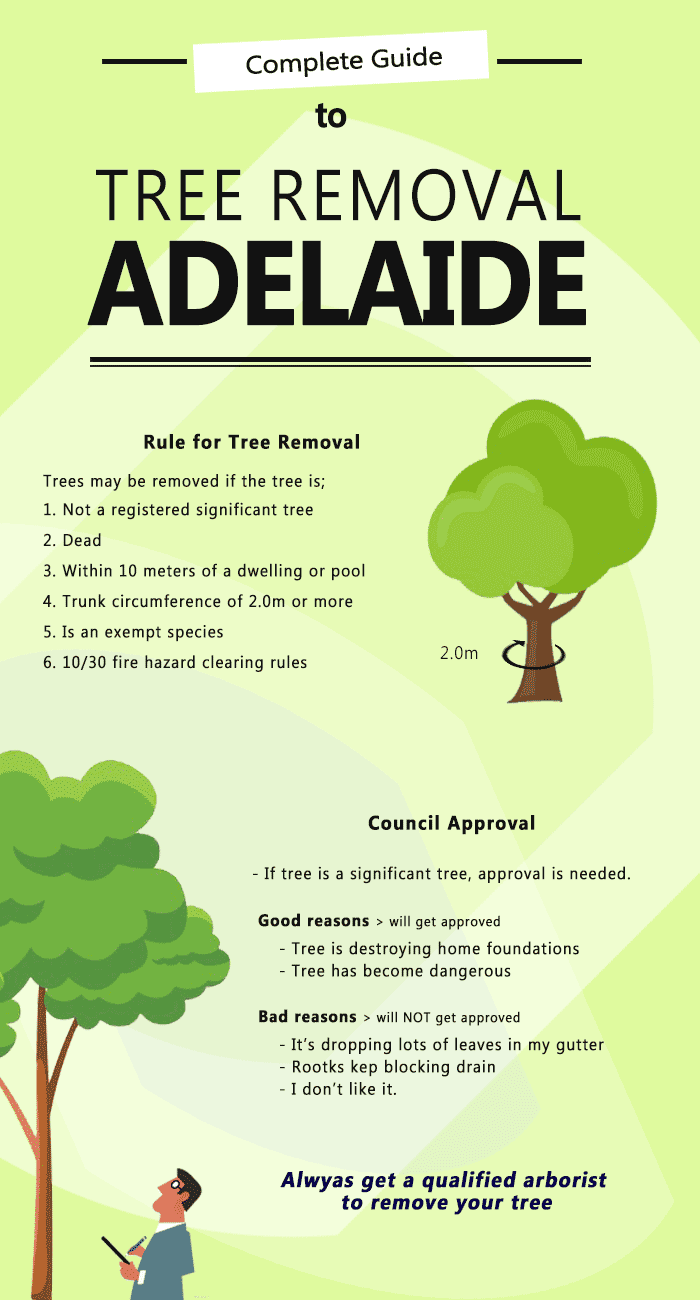When it concerns seasonal tree treatment, making sure proper management prior to and after elimination can significantly impact the health and wellness and aesthetic appeals of your landscape. By understanding the necessary actions involved in assessing tree health and preparing for removal, you can proactively protect your building. However what regarding the vital practices to follow when the tree is gone? Keep tuned to uncover see here now -removal treatment measures that will help you grow a flourishing and lasting atmosphere for your trees.
Pre-Removal Tree Treatment
Prior to attending to the elimination of a tree, it's critical to prioritize pre-removal tree treatment. Beginning by evaluating the tree's health and wellness and architectural integrity. Search for signs of condition, pest infestations, or any kind of architectural concerns that may position a security danger throughout removal. It's vital to consult with a licensed arborist to establish the best course of action.
Pruning dead or infected branches can prevent further damage to the tree and guarantee a smoother elimination procedure.
Furthermore, consider the environmental impact of removing the tree. Trees play an essential role in our ecological community, so growing a brand-new tree in an appropriate area can aid counter any loss. Guarantee that you have the needed licenses and consents for tree elimination, especially if the tree is shielded by neighborhood guidelines.
Seasonal Maintenance Tips
Assessing your tree's demands throughout the year is imperative for its wellness and long life. To maintain your trees in leading problem, follow these seasonal upkeep tips.
In spring, focus on pruning to get rid of dead or broken branches and encourage new development.
Summertime requires routine watering, especially throughout dry spells, to ensure your tree stays hydrated.
As autumn methods, keep an eye out for very early indicators of condition or tension, and consider using mulch to shield the roots during winter season.
In winter, beware when getting rid of snow from branches to stop damage, and remain to check your tree's general health and wellness.
Keep in mind to change your treatment regular based upon the details needs of your tree varieties and local climate. By staying conscientious and aggressive throughout the seasons, you can aid your trees flourish and grow for several years to come.
Post-Removal Tree Care
To ensure the health of your landscape also after tree elimination, correct post-removal care is necessary. After a tree is gotten rid of, it's critical to fill the staying opening with topsoil and compact it to stop settling. This will aid maintain the honesty of the ground and avoid potential hazards in the future.
Take into consideration growing new greenery in place of the removed tree to recover the balance and visual appeals of your landscape. On a regular basis water the area to advertise the development of new plants and prevent soil erosion.
Inspect the bordering trees for any kind of indications of disease or anxiety that might have been brought on by the eliminated tree. Watch out for pests that might've been brought in to the previous tree and take safety nets to secure the continuing to be greenery.
If necessary, speak with a professional arborist to evaluate the impact of the removal on the surrounding trees and determine any type of added care required. By complying with these post-removal treatment steps, you can make sure the continued health and wellness and charm of your landscape.
Verdict
Finally, aggressive seasonal tree treatment is vital for keeping the wellness and equilibrium of your landscape. By evaluating tree health and wellness, pruning, and consulting with an arborist before removal, you can ensure a safe procedure. After removal, filling the hole, growing new greenery, and normal watering will advertise new growth and avoid erosion. Keep in https://www.chicagotribune.com/lifestyles/home-and-garden/ct-home-0116-garden-morton-20200113-dja7doct3fhala5f4h7a46acta-story.html to check bordering trees for disease and seek further treatment procedures from an arborist to keep your landscape flourishing.
